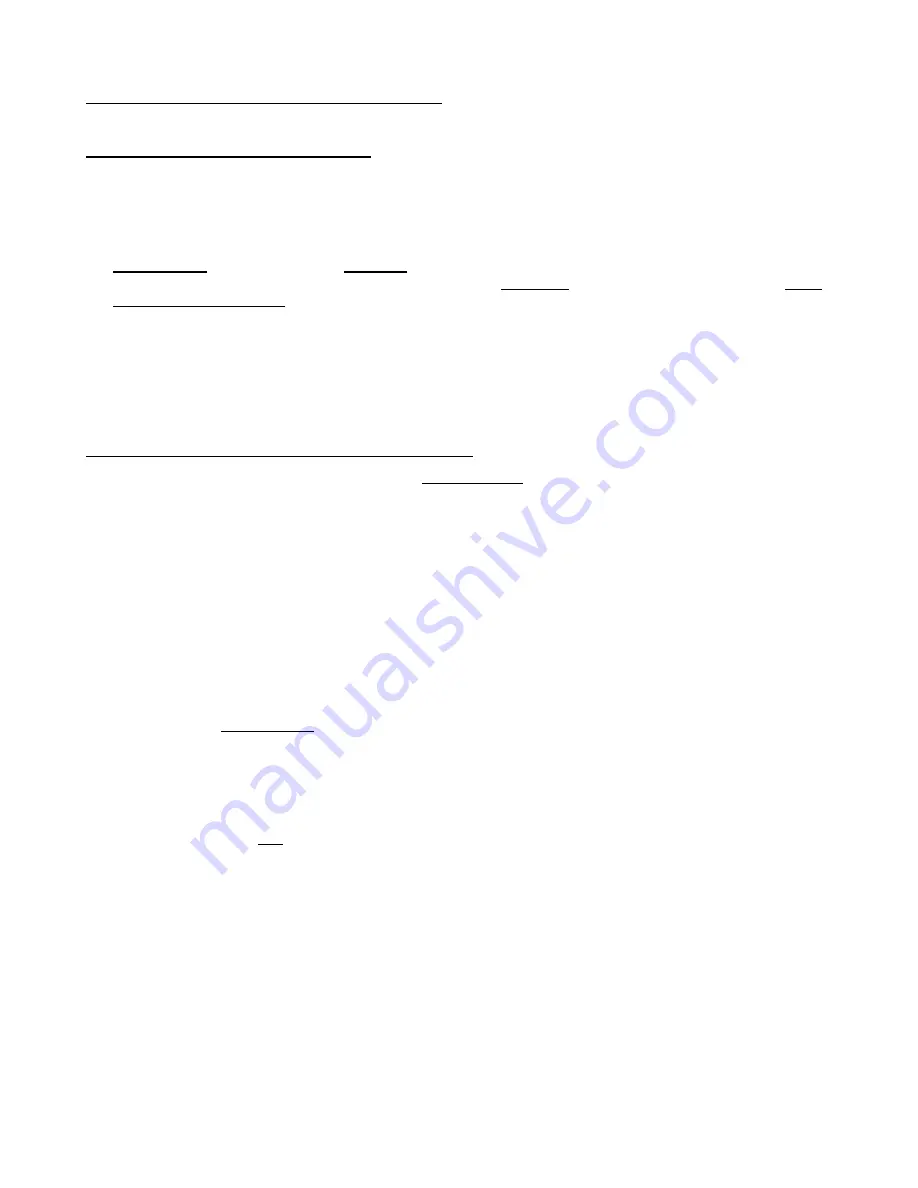
11
1.08 Preparing and Caring for the Cutting Mat
1.08.1 Tips on Using the Cutting Mat
•
Always use a mat to hold the material to be cut unless the material has its own protective backing. For
example, vinyl and iron-on transfer both come with a layer that you do not cut. Thus, this backing layer
serves as the carrier for cutting. Paper and cardstock do not have a backing, thus they must be cut on the
mat.
•
IMPORTANT!
A new mat may be too sticky if you are cutting certain products. This can cause difficulty in
removing cut items without tearing. Place an old but clean bath towel over the surface of the mat and press
with a brayer or rolling pin. Then pull up. Test the stickiness by pressing the palm of your hand in the middle
of the mat and lifting. If the mat remains stuck to your hand, repeat until the mat can still be lifted but will
release. It should only take a few pressings to greatly reduce the stickiness, as tiny (too small to be visible)
fibers from the towel are added to the surface.
•
Do not leave the pinch wheels in a down position when the Skycut
isn’t in use. This warps the plastic
sooner, shortening the useful life of the cutting mat.
1.08.2 Cleaning and Replenishing the Cutting Mat
•
When mats begin to lose their stickiness, they can be washed:
Use a mild dishwashing detergent, warm water, and a soft brush to thoroughly clean the surface.
You’re
not trying to scrub the adhesive but just wet the invisible fibers that have been deposited from your
cutting materials and get them released from the glue.
o
Rinse well, shake off excess water, and place sticky side down onto a bath towel.
o
Thoroughly dry the non-sticky side of the mat with another towel.
o
Pull the mat up and the sticky side should now be dry enough for immediate use. Test by making
sure the mat will stick to your hand.
•
While washing with soap and water should revive the original adhesive, you can add more adhesive if
necessary:
Virtually any repositionable adhesive may be used on the cutting mat. Some of the popular choices
include: Krylon Easy Tack, Aleene's Tack It Over and Over (view the video at the start of this section),
Crafter's Companion Stick and Spray, Zig 2 Way Glue with wide tip, Craft Smart Off 'N On, and Scotch
Repositionable Craft Stick.
There’s another spray adhesive, Scotch Super 77, which does not leave a
sticky surface but is excellent for stabilizing paper and cardstock.
If you are cutting thicker materials, such as oil board or styrene, then you may want to experiment with a
stronger adhesive and
use painter’s tape to secure the material to the mat. If you are cutting thin paper,
then you may want to experiment with a lighter adhesive.
With most repositionable adhesives, you can control the tackiness based on the amount applied. Thus,
always add a little bit at a time. As mentioned above, if you add too much, just apply a layer or two of
cotton fibers by pressing with a bath towel.
•
Other reported methods for cleaning mats:
Use a plastic scraper (an old credit card will suffice) to scrape off any random material pieces remaining
on the mat after a cut.
For finer particles of paper or lint, you can use a lint roller. Tear off a sheet and then press down and pull
up across the surface of the mat to clean in sections. Baby wipes can accomplish the same task.
To completely remove adhesive from the mat, apply Goo Gone, Duck Adhesive Remover, o
r Avon’s Skin
So Soft Bath Oil across the surface. Allow a minute to soak in and then scrape off with a sharp metal
spatula. Repeat, as necessary until the mat is thoroughly clean and no longer sticky. Wash, dry and then
add any repositionable adhesive.












































